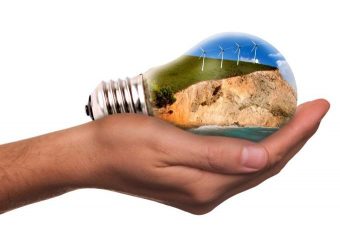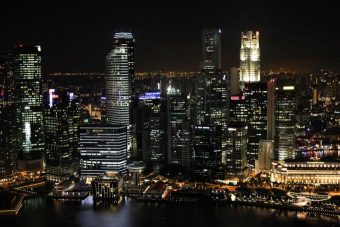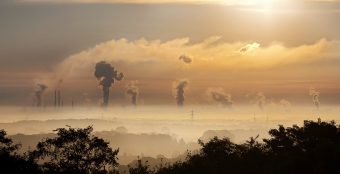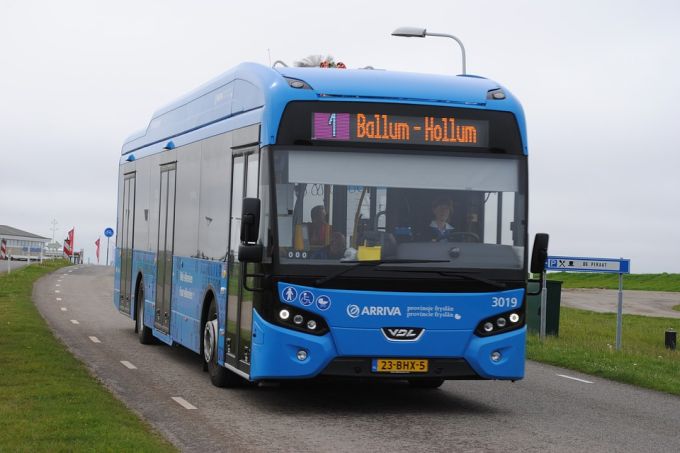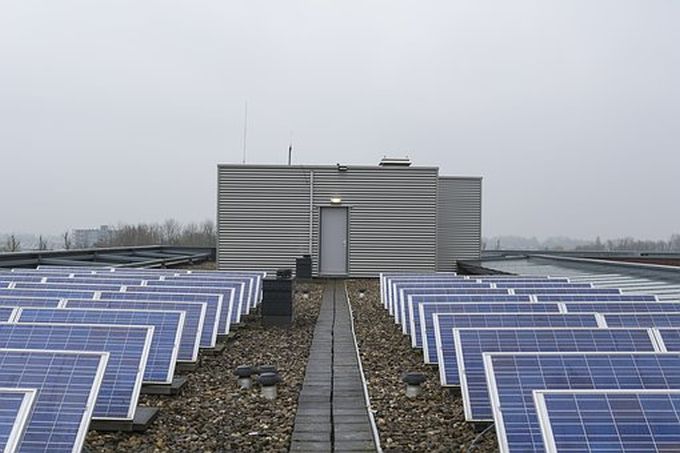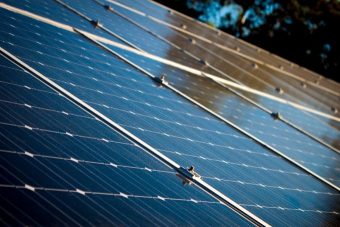
Leading American solar manufacturer First Solar has announced this week it will proceed with the development and construction of a 200 megawatt solar farm in Twiggs County, Georgia, which was first awarded to the company as part of a 525 megawatt Request for Proposals by Georgia Power’s Renewable Energy Development Initiative, or REDI.
Back in early 2016, Southern Company subsidiary Georgia Power requested approval from Georgia regulators to procure 525 megawatts (MW) worth of renewable energy through its REDI program. The project is being developed under a Power Purchase Agreement with Georgia Power, which will acquire the electricity and renewable energy attributes of the project.
The unnamed 200 MW solar project is currently in advanced development stage and will be built on 2,000 acres of land in Twiggs County, Georgia, with construction expected to begin in November of 2018, and be completed in late 2019, at which point the project will be the largest stand-alone solar PV plant in the southeastern United States.
“This is a tremendously exciting opportunity for First Solar to demonstrate our capability to develop solar assets in the Southeast and help Georgia Power meet the renewable energy needs of its customers,” said Kathryn Arbeit, Vice President of Project Development – Americas for First Solar. “Georgia Power’s significant commitment to renewable energy, paired with Twiggs County’s strong leadership and supportive business environment, combine to serve as a great example of how solar can be seamlessly included in the region’s energy mix.”
Upon completion, the project will consist of over half a million First Solar thin-film solar modules and is expected to generate more than 450 gigawatt-hours (GWh) of electricity each year. The project is also set to serve as the largest infrastructure project in Twiggs County, which will benefit from 300 to 400 jobs during construction, not to mention ongoing tax revenues from the project itself.
“We are committed to working with the Georgia Public Service Commission to create programs, like REDI, that help grow renewable energy in Georgia and add value for all of our customers,” added Wilson Mallard, Director of Renewable Development for Georgia Power. “Recently completed large-scale solar projects across Georgia are serving customers today, and the Twiggs County project will be the latest addition, allowing Georgia Power customers to benefit from cost-effective, competitive solar as part of our diverse generation mix.”
Source: cleantechnica.com





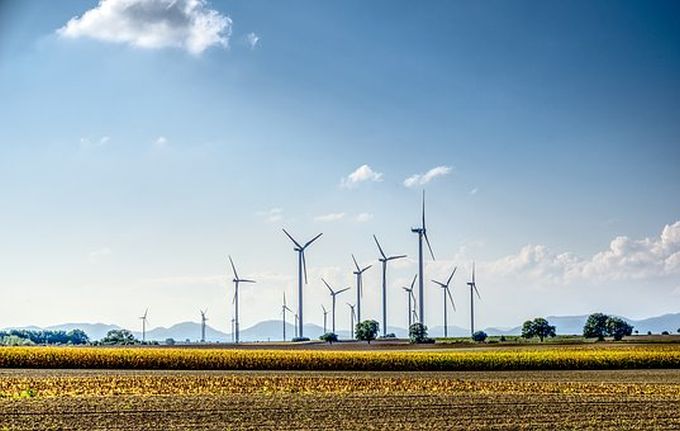

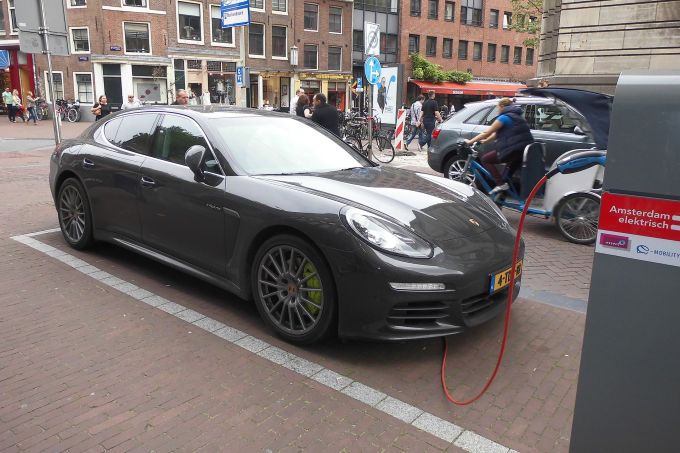


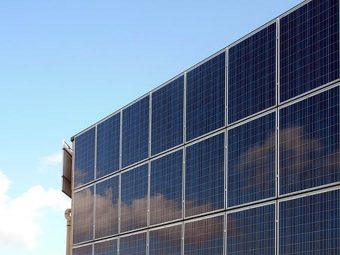


 For example, the concentrations of PM2.5 and PM10 are significantly higher than the limit values which
For example, the concentrations of PM2.5 and PM10 are significantly higher than the limit values which 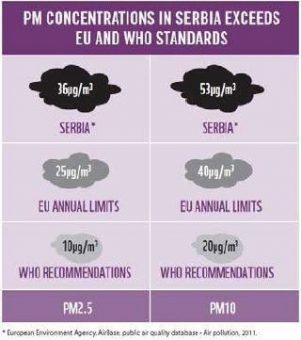 from the monitoring station located in New Belgrade are taken for the annual calculation instead of taking the data from all monitoring stations. Through this project, we tried to figure out what is the difference between personal exposure to particle pollution in relation to what the monitoring stations have recorded.”
from the monitoring station located in New Belgrade are taken for the annual calculation instead of taking the data from all monitoring stations. Through this project, we tried to figure out what is the difference between personal exposure to particle pollution in relation to what the monitoring stations have recorded.”



